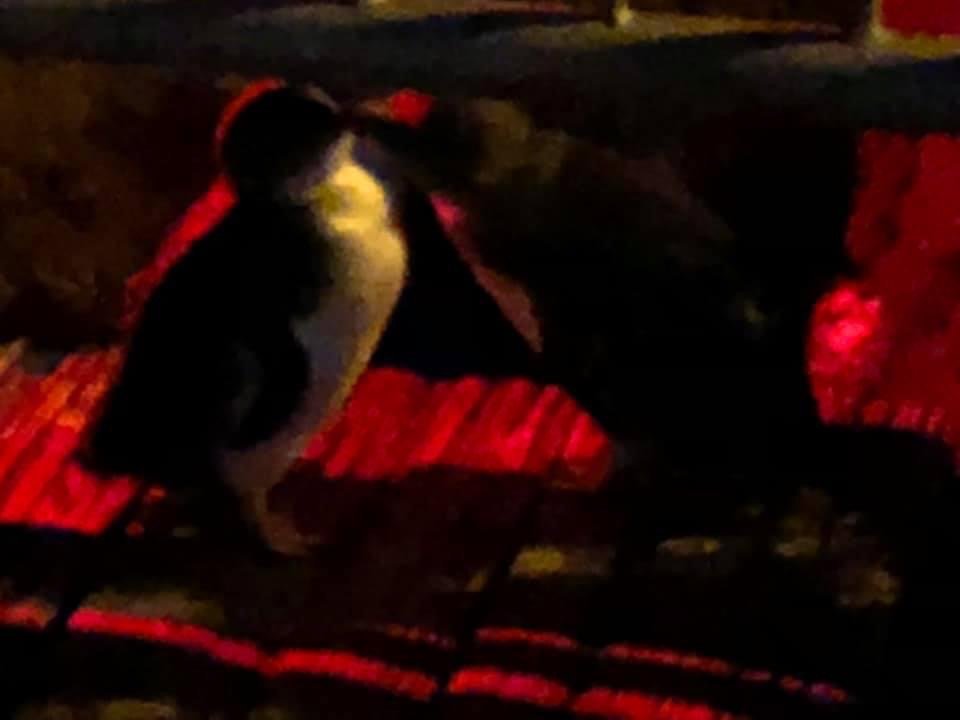Animals like man use music or sound to create social organization, to feel a belonging to a group, species and to the world at large. “Music does not simply reflect social organization; music defines social organization” (Stubington 2007, p. 111). In Singing the Land Stubington explains the relationship of Aboriginal life to their music (beyond language) as sounds that are universal to man, animals and all of nature.
Aboriginal music emulates the sounds of nature and the natural world, believing the spirit of music to be common to all animals and all sounds of the land. Understanding that the spirit of everything is connected in their philosophy of the ‘Dreaming.’ Aboriginal Dreaming believes music is vital to their physical survival, (as is the land and the animals) therefore one could argue that animals make music for survival also. It could be perceived that animals feel the same joy from music as humans and that animal sounds especially those that are joyous are music. That is music for pleasure and also for pain and that man and animals feel both.
An attempt to define music is “the World of music is a world of human experience” (Blacking 1995, p. 51). And goes on to state “A definition of Music is humanly organized sound and its effectiveness and value” (Blacking 1995, p. 51). Sighting collective human experience Blacking is looking at music as an art form of human endeavor. Aboriginal philosophy takes this view beyond the linear and sees music like time as being circular and all-encompassing, inclusive of animals as well as nature. Forgetting that humans use complex instruments to make music and animals do not, if we define ‘sound’ as music then animals make music also. Animals and man use music to create social organization, to belong (Stubington 2007, p. 69). In conclusion whether man, animal or vegetable, sound and vibration are a part of the natural world in which we live. Therefore animals and man being capable of sound are also capable of music.


